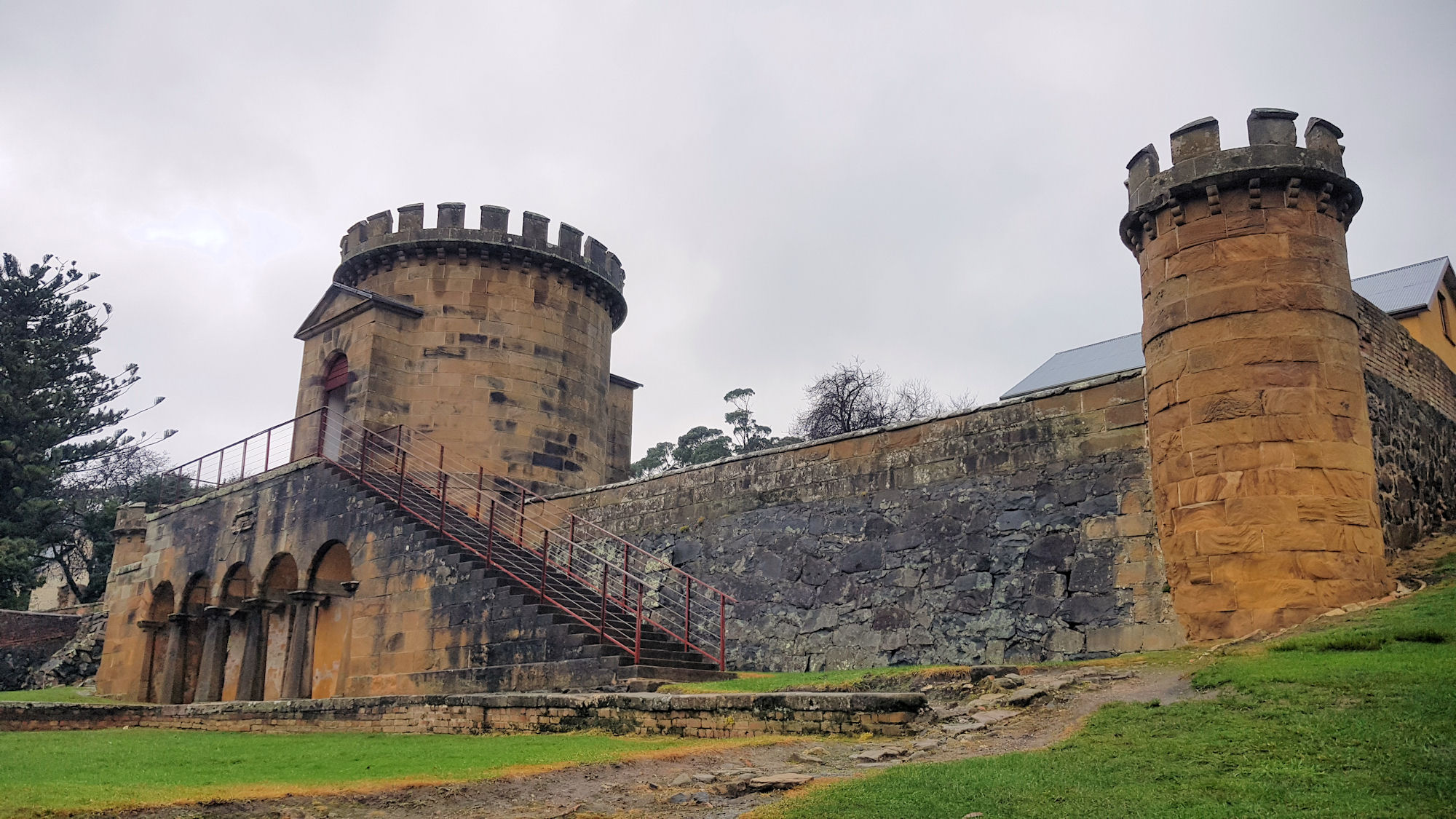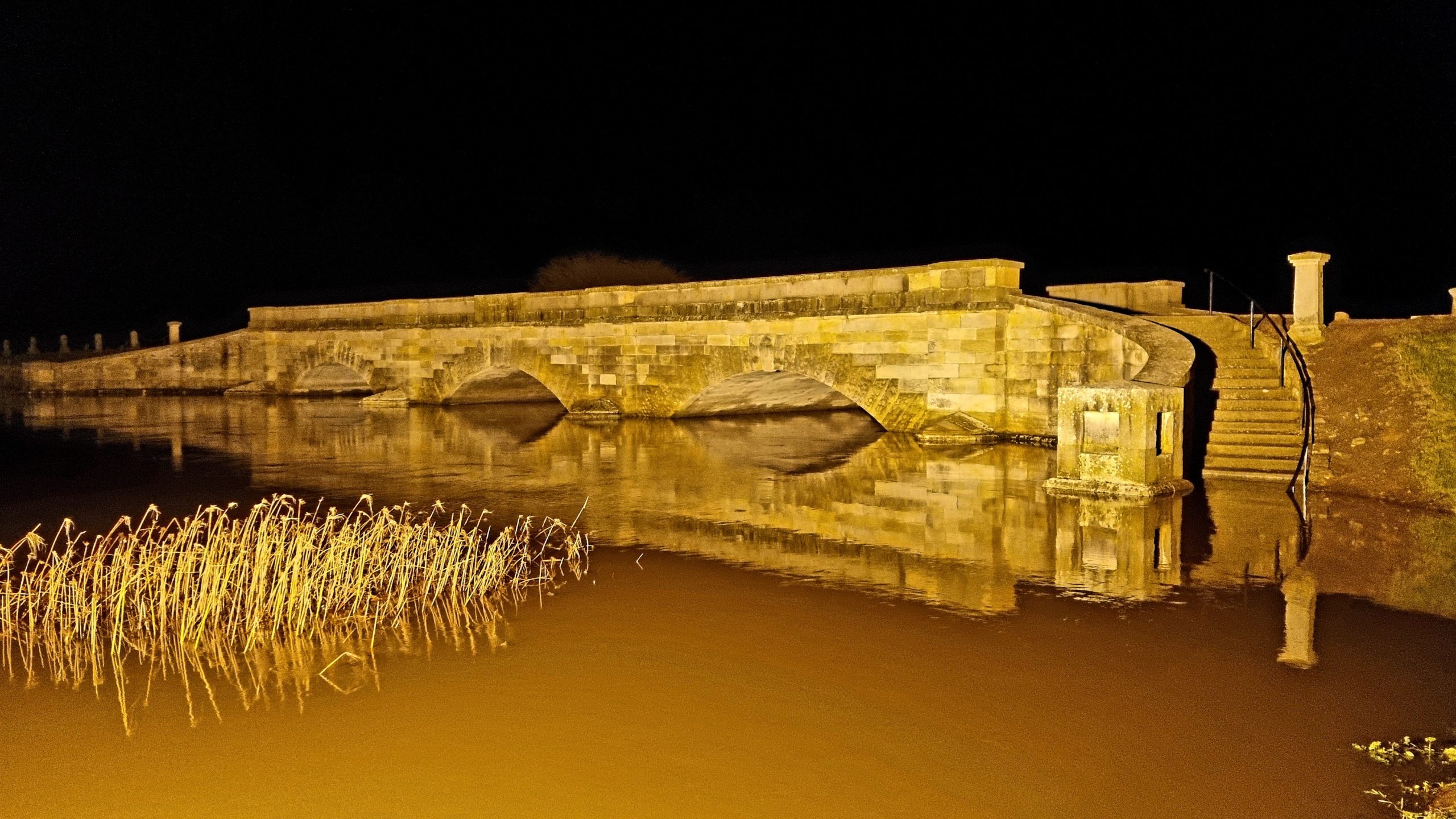Tag: travel
-
Port Arthur Historic Site Tasmania

Port Arthur Historic Site The World Heritage listed Port Arthur Historic Site contains over 30 buildings and extensive ruins. The listing reflects its importance to the story of forced migration and settlement of Australia. Primarily a penal settlement, Port Arthur also encompassed a wider community including military and civilian officers and their families. The preserved… Read more
-
Bruny Island Wilderness Cruise

Bruny Island Wilderness Cruise How to Get There The Bruny Island Wilderness Cruise leaves from Adventure Bay on Bruny Island. On arrival, park your car in the large carpark and make your way to the large building, where you check in and wait for the tour to start. From here, the guides will walk you… Read more
-
Ross a Historic 19th Century Tasmanian Village

Ross Tasmania Built by convict labour in the early 1800s, Ross is a wonderfully preserved 19th century village full of old buildings and history. How to Get There Ross is about a one-hr drive (78 km) south from Launceston and a 90-min drive (121 km) north from Hobart. Ross Bridge Probably the most famous structure… Read more